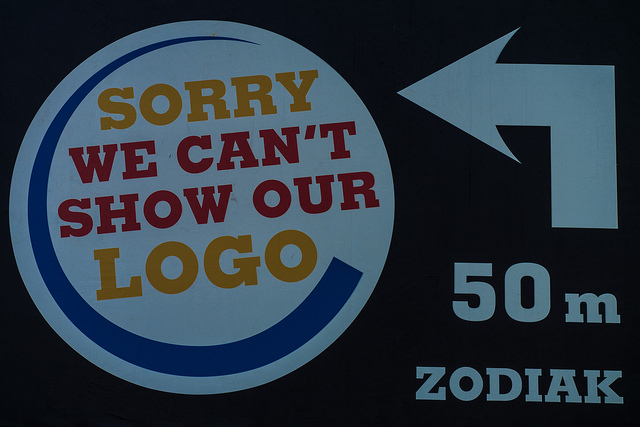<p>Patents are (occasionally) wonderful things: they allow a brand to build a specific identity; they stop cowboys from coming in and ripping off designs; and they allow tech firms to claim legitimate credit for the advances they make. Unfortunately, they also have a downside. When patents get out of control, you get frivolous, economy-shredding lawsuits, anti-competitive acts and aggressive litigation. In other words: bad things. And these bad things can end up wasting millions of hours of court time or wind up tarnishing a company’s image.<br />
Here we look at a number of cases where technology patents came to dominate world headlines:</p>
<h2>Apple v Samsung</h2>
<p>The on-going battle between Apple and Samsung has reached the point where all of us watching now simply wish they’d both either give up or just go out of business: that’s how rotten it’s gotten. If you haven’t been following the news, the two companies have essentially turned the whole world into a battle ground for attacking each other with frivolous lawsuits. Case in point: not so long ago, Apple tried to claim Samsung had broken its patent on making smartphones rectangular.<br />
Since literally every single smartphone in the history of ever is rectangular (coupled with Apples other ‘patents’ on app icons and sliding to unlock the screen), an Apple win would have effectively made non-Apple smartphones illegal. Luckily, a British judge both threw the case out and ordered the company to apologise… a court order they immediately flouted like the soulless corporate tyrants they clearly are.</p>
<h2>Nokia v HTC</h2>
<p>Another titanic tech patent battle that’s hotting up is the various Nokia cases against Taiwanese manufacturers HTC. Only a few days ago, the case made tech-headlines everywhere when the HTC One’s internal radio transmission components were lawed to be in breach of Nokia’s copyright – sending the much-anticipated HTC One back to the drawing board. Since this is the second time Nokia have smacked HTC with a lawsuit, we can only assume that this is the beginning of the next Apple v Samsung: an epic legal battle that will stretch across every market in the world and make their users’ lives utterly miserable.</p>
<h2>Apple’s Glass Staircase</h2>
<p>However, it would be unfair to suggest that Apple are just lawsuit-happy merchants of tat. They undoubtedly are that, but they also do have some clear streaks of genius. The Shanghai staircase is one of these streaks. Built using architectural techniques that had to be created purely for this purpose; the winding staircase is made of pure glass, unsupported by anything else and is an utter delight to look at.<br />
For once, this appears to be evidence of Apple filing a reasonable patent: the design is so instantly iconic that for another company to rebuild it would be like Alton Towers trying to get away with inserting Cinderella’s Castle of Mickey Mouse’s ears into their advertising. Although we hope the techniques aren’t kept firmly away from non-commercial homeowners. We can imagine Grand Designs’ Kevin McCloud having a field day with one of these.</p>
<h2>Apple v Microsoft v Xerox</h2>
<p>Yeah, it’s Apple again – this time with a historical lawsuit that could have changed computing history. In the late 80s, Microsoft launched Windows 3.0, the very first popular operating system with a graphic interface (i.e. exactly what you have on your iPad, laptop or PC that allows you to click on icons instead of type text-based commands). However, since Apple had already patented their idea for a G.U.I beforehand, Steve Jobs felt that any G.U.I – even if it didn’t look like Apple’s – constituted copyright infringement.<br />
The case went to court, at which point Xerox claimed Steve Jobs had stolen the idea during a tour of the Xerox office and sued Apple. The resulting three-way case could have meant a world where everything but Xerox computers had to be text-based… luckily things didn’t resolve in Xerox’s or Apple’s favour and the modern computing age was born.</p>
<h5>Featured images:</h5>
<p><span class="license">License: Creative Commons</span><br />
<span class="source">image source</span><br />
Matthew loves technology, design and humour, and also blogs about all 3 for the online retailers PrinterInks.</p>

Designs And Their Patents
